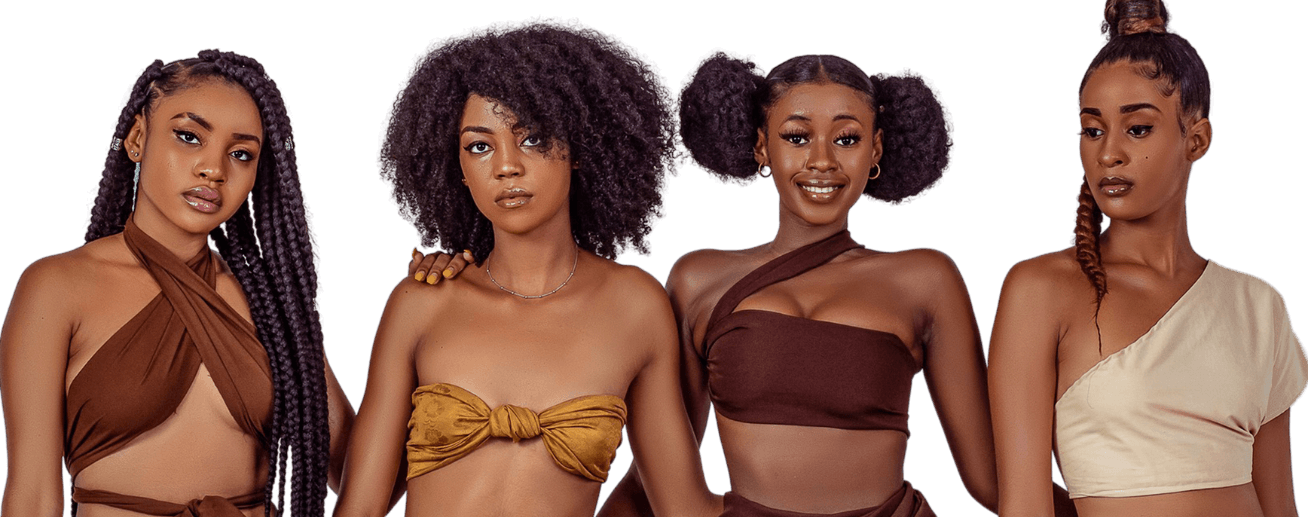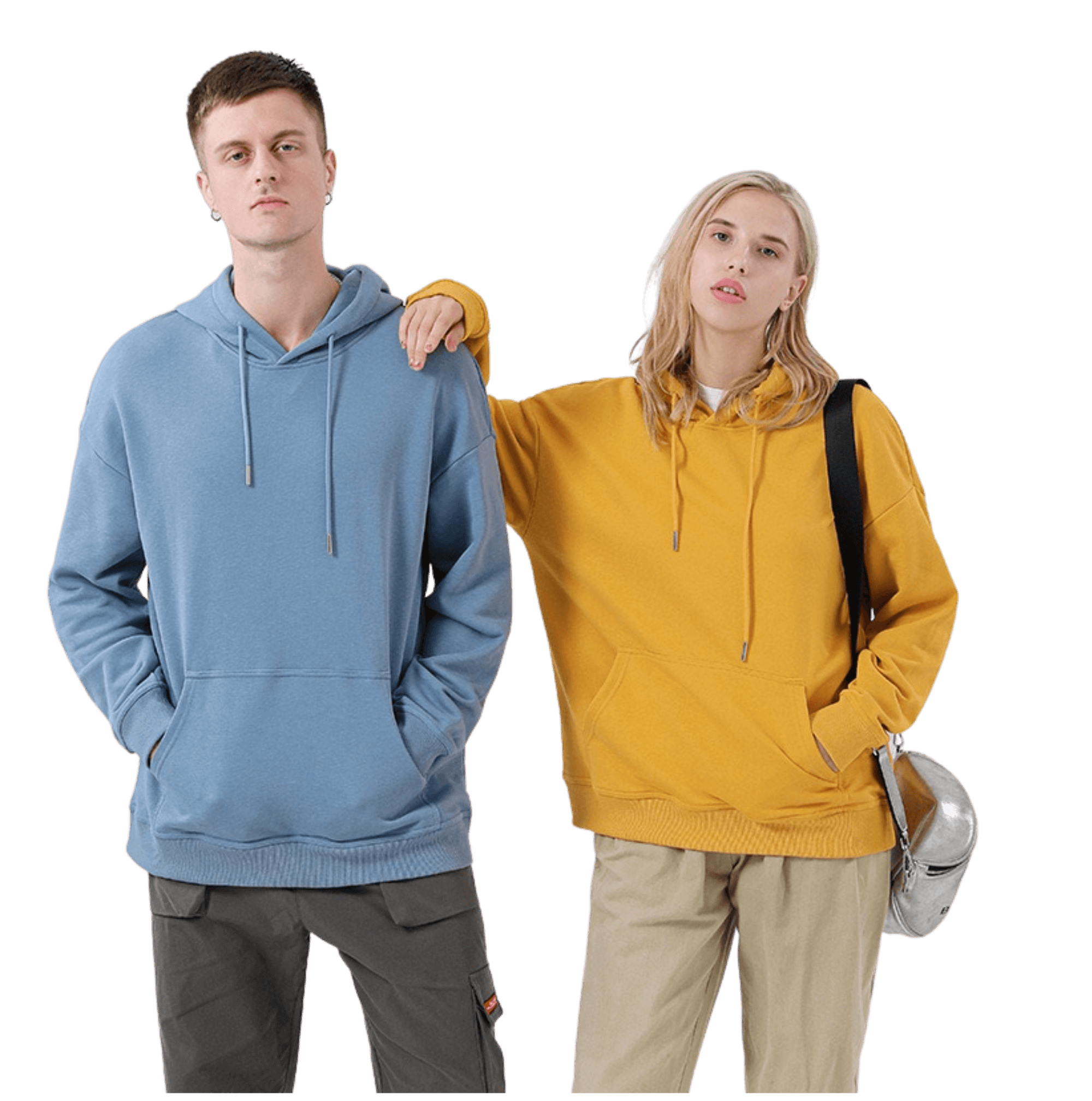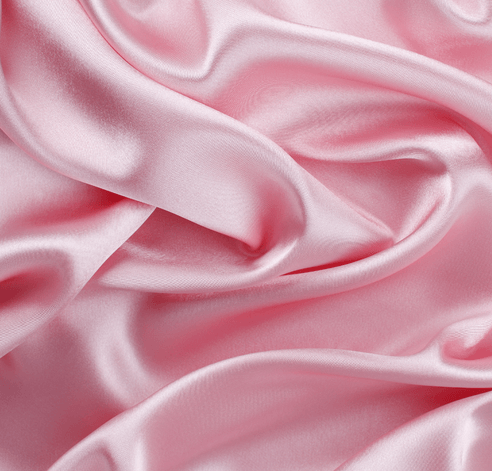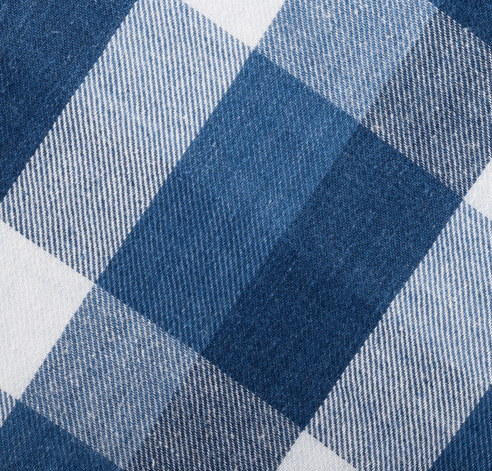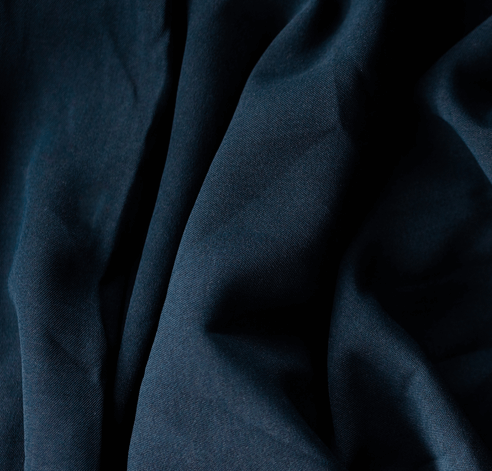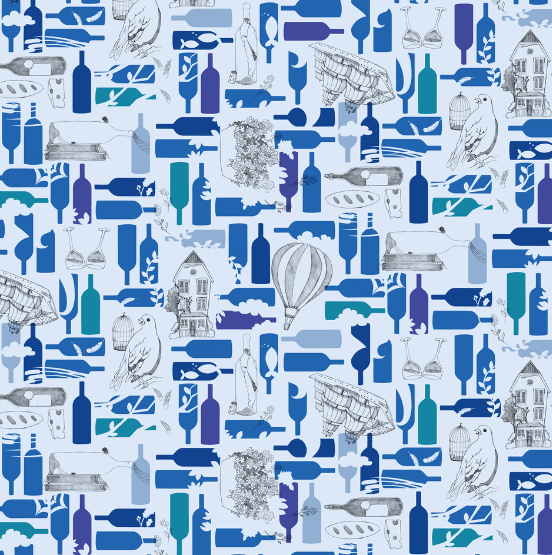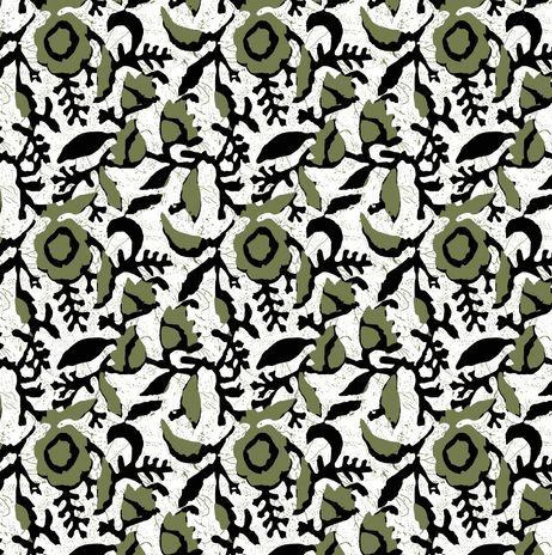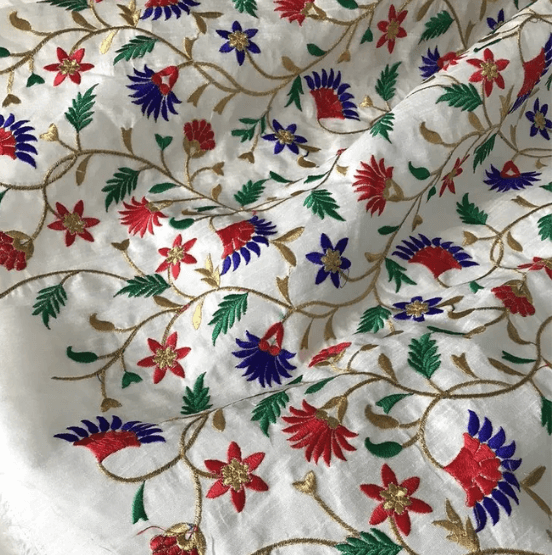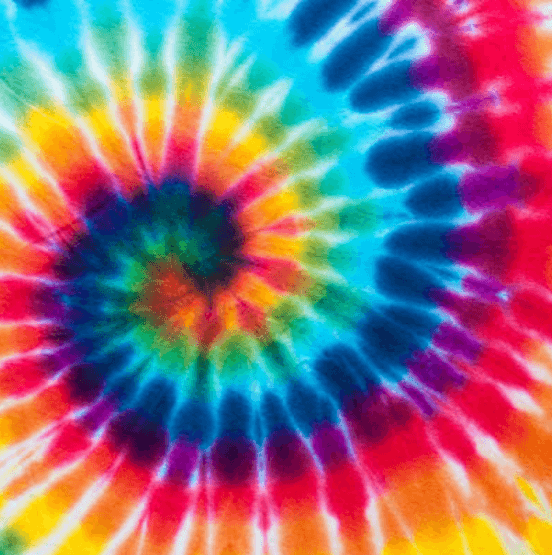1. The Evolution of the Clothing Industry
The clothing industry has undergone a major evolution over the past century. In the early days of the industry, clothing was made by individual artisans who worked by hand. This made clothing very expensive and only accessible to the wealthy.
However, the industrial revolution changed all that. The introduction of new manufacturing techniques allowed clothing to be mass-produced at a fraction of the cost. This made clothing more affordable for everyone. Plus, the new manufacturing methods made clothing more durable and easier to care for.
Today, the clothing industry is a global business worth billions of dollars. It employs millions of people around the world, from designers and pattern-makers to factory workers and retail salespeople. And it shows no signs of slowing down anytime soon.
Moreover, wholesale clothing manufacturers use state-of-the-art machinery and production techniques to churn out garments at an astonishing rate. And thanks to online shopping, it’s easier than ever to buy clothes from anywhere in the world.
Watch this video to learn more about how clothing may have begun and been influenced by climate, technology, and money.
2. Popular Fabric Options for Clothing Lines
When it comes to clothing lines, there are a wide variety of fabric options to choose from. Depending on the intended use and desired look of the clothing, different fabrics may be more appropriate.
Here is a closer look at some of the most popular fabric options for clothing manufacturers:
Cotton
Cotton is one of the most popular fabric options for clothing due to its softness, breathability, and durability. It is also relatively inexpensive and easy to care for. However, cotton garments can shrink and wrinkle easily, so they require special care when washing and drying.
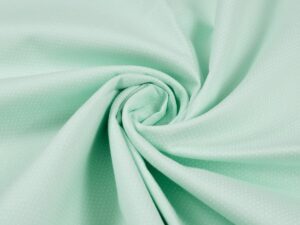
Linen
Linen is a natural fiber made from the flax plant. It is strong and durable, yet still soft and comfortable to wear. Linen clothing is often used in warm weather due to its light and airy nature. It can be more expensive than cotton, but it is also easier to care for.
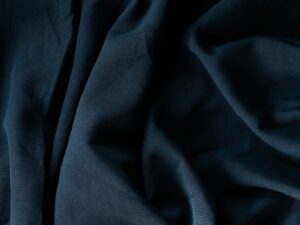
Wool
Wool is another natural fiber made from the hair of sheep. It is extremely durable and provides excellent insulation, making it ideal for winter clothing. Wool is also fairly expensive and can be difficult to care for, as it needs to be washed by hand in cool water and air-dried.
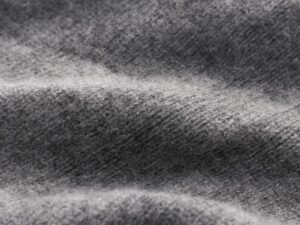
Silk
Silk is a natural fiber made from the cocoons of silkworms. It is known for its softness, shine, and strength. Silk clothing is often used for special occasions due to its luxurious feel.
This fabric can be fairly expensive and delicate compared to other fabrics, so it requires special care when washing and drying. It is often used for making clothing like evening gowns and dresses, blouses, and ties. It is also often used for sleepwear and lingerie.
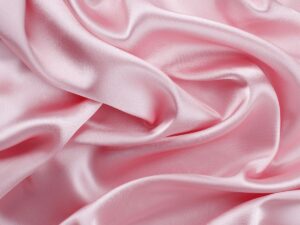
Polyester
Polyester is a synthetic fiber known to be resistant to shrinking, stretching, and wrinkles, making it a low-maintenance fabric. It is often used in clothing that needs to maintain its shape, such as dress shirts and jackets. It is also often used in activewear and swimwear due to its quick-drying properties.
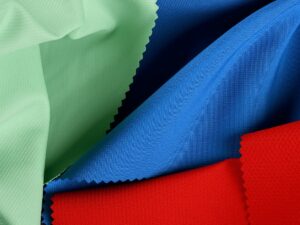
However, polyester can be less breathable than other fabrics and it can sometimes feel uncomfortable against the skin, especially in warm weather.
Nylon
Nylon is another synthetic fiber that is commonly used in clothing. It shares many of the same properties as polyester, but it is typically even more durable. Nylon is also less likely to fade or stretch over time. However, like polyester, it can sometimes feel uncomfortable against the skin.
This fabric is often used in activewear, as it is quick-drying and moisture-wicking.
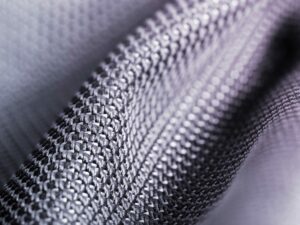
Rayon
Rayon is a synthetic fiber made from wood pulp. It shares many properties with natural fibers like cotton and linen, but it is usually less expensive. Rayon clothing is often used as an alternative to natural fibers.
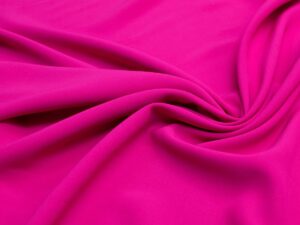
However, this fabric is not as durable as other synthetic fibers and it can shrink or stretch easily. It is also not as breathable as natural fibers, so it is often used in clothing that does not need to be washed frequently, such as skirts and dresses.
3. Different Clothing Line Design Techniques
There are many design techniques that businesses can use to create a successful clothing line. Below are three of the most popular methods:
Contrasting Colors
One way to make your clothing line stand out is to use contrasting colors. This can be done by using two colors that are opposite each other on the color wheel, or by using a light color and a dark color. Contrasting colors will help your clothing items to stand out, and they can also be used to create a certain mood or feeling.
Prints and Patterns
Another way to design your clothing line is to use prints and patterns. This can add visual interest to a clothing line, and can also help to convey a certain message or theme. When using prints and patterns, it is important to make sure that they are not too busy or overwhelming as this can make clothing items look cheap or poorly made.
Fabrics, Textures, and Silhouettes
Using unique fabrics, interesting textures or unexpected silhouettes will help your clothing items to stand out and be remembered by potential customers. These techniques can be used to create a luxurious look or feel or to add an element of fun or playfulness. Experiment with different fabrics, textures, and silhouettes to find the combination that best represents your clothing line.
4. 4 Tips for Choosing Clothing Designs for Your Target Market
When it comes to clothing, there is no one-size-fits-all solution. The clothing you choose to sell should be based on the needs and wants of your target market. Here are four tips to help you choose clothing designs that will appeal to your target market:
#1 Know Your Target Market
The first and the most important step thing to do before starting your clothing line is to know your target market. This includes understanding their demographics, such as age, gender, location, etc. as well as their psychographics, such as lifestyle, interests, and values.
Once you know who your target market is, you can start to research what kind of clothing they would be interested in. Look at popular fashion trends and see how your target market is represented. You can also look for any gaps in the market that you could fill with your clothing line.
#2 Do Your Research
After you have an idea of the clothing your target market might be interested in, it’s time to do your research. This includes finding out about the latest fashion trends, as well as researching different clothing materials and silhouettes.
You should also research clothing manufacturing and find out about the different types of clothing construction techniques that are available. This will help you to make sure that your clothing is of high quality and will be able to meet the needs of your target market.
#3 Consider Your Brand
Your clothing line should represent your brand and what it stands for. When choosing clothing designs, you need to consider how they will fit in with your overall branding strategy. Your clothing should reflect your brand’s values and be an extension of your brand identity.
Your clothing line should also be consistent with the other products and services that you offer. This will help to create a cohesive brand that is easily recognizable by your target market.
#4 Test Your Designs
Before you start mass production, it’s important to test your clothing designs. This can be done by creating prototypes or samples of your clothing and getting feedback from your target market.
You can also use social media to test your designs. Create a lookbook or style guide and post it on your social media channels. See how your target market responds and make changes to your designs based on their feedback.
5. What You Need Before You Start a Clothing Line
Starting a clothing line is no easy feat. There are a lot of important facets to the business, from design and manufacturing to marketing and sales. And if you’re not well-versed in the clothing industry, it can be tough to know where to even start.
Below are the things you need before you start a clothing line:
Long-Term Business Plan
Even if you’re just starting out, it’s important to have a long-term business plan in place. This will give you a roadmap to follow as your business grows and changes. It should include your goals, strategies, and financial projections.
Designs and Samples
Before you can start manufacturing your clothing line, you need to have designs and samples. This is what you’ll use to pitch to clothing wholesale suppliers, retailers, and investors. This will also create your brand identity and help you stand out from the competition.
Clothing Manufacturing Partners
You’ll need to partner with a clothing factory to produce your clothing line. This is a critical step, as you need to ensure that your clothing is made to the highest quality standards. You’ll also need to make sure that your manufacturing partners can meet your production deadlines.
One manufacturer you can trust is Hongyu Apparel. We can help you in starting your own private label clothing brand. We take care of every single step in the supply chain process, from buying fabrics and accessories to making samples and logos, bulk clothing production, packaging, and quality control evaluations, all the way to arranging product delivery. Contact us today to learn more about how we can help you grow your business.
Marketing and Sales Plan
Once you have your clothing line designed and manufactured, you’ll need to start marketing and selling it. This will require a well-thought-out marketing and sales plan. You’ll need to decide how you’re going to reach your target market, what pricing strategy you’ll use, and how you’ll promote your clothing line.
Financing
Last but not least, you’ll need to secure financing for your clothing line. This can come from a variety of sources, such as personal savings, loans, or investors. Keep in mind that starting a clothing line is a capital-intensive business, so you’ll need to make sure you have the funds in place to get started.
6. How to Get Started Working With a Clothing Manufacturer
There are a few key things to keep in mind when you’re ready to start working with a clothing manufacturer. Here’s a quick guide to get you started on the right foot.
Step#1 Define Your Clothing Brand
What is your unique selling proposition? What type of clothing do you want to produce? Knowing this will help you find the right clothing manufacturer that can produce clothing that meets your specific needs and brand standards.
Step#2 Do Your Research
Once you know what type of clothing you want to produce, it’s time to start researching clothing manufacturers. Try to find a clothing manufacturer that specializes in the type of clothing you want to produce. Ask for recommendations from other clothing brands, search online, or attend trade shows.
Step#3 Review the Clothing Manufacturer’s Portfolio
Once you’ve found a clothing manufacturer you’re interested in working with, review their portfolio to get an idea of their experience and capabilities. Make sure they have experience producing the type of clothing you want to produce.
Step#4 Ask for Quotes
Once you’ve narrowed down your list of clothing manufacturing companies, contact them and ask for quotes. Make sure to provide as much detail as possible about your clothing requirements so the manufacturer can provide an accurate quote.
Step#5 Negotiate Terms
Once you’ve received quotes from clothing manufacturers, it’s time to negotiate terms. This is where having a clear understanding of your clothing requirements and budget will come in handy. Make sure you understand the clothing manufacturer’s minimum order requirements, lead times, payment terms, and other important details before you sign any contracts.
7. 5 Tips to Find a Good Clothing Manufacturer for Your Brand
As a start-up clothing brand, one of the most important decisions you will make is finding the right clothing manufacturer to produce your garments. A clothing manufacturer can either make or break your business, so you must take the time to find one that is reputable and experienced.
There are a few key things to look for when you are searching for major clothing manufacturers:
#1 Experience
You want to make sure that the mass clothing manufacturer you choose has experience working with businesses that are just starting out. They should understand the challenges that you are facing and be able to help you overcome them.
Start-up businesses do not always have the budget for clothing production like larger businesses, so it is important to find legit wholesale clothing suppliers that can work within your budget.
#2 Flexibility
Your clothing line will likely change and grow over time, so you want to make sure that your manufacturer can adapt to these changes. They should be willing to experiment with different styles and materials as your brand evolves.
Some manufacturers are strict about the types of clothing they produce, so it is important to find one that is willing to work with you to create the clothing that you envision.
#3 Quality
The clothing that your manufacturer produces should be of the highest quality. This is important because it will reflect on your brand. If your clothing is well-made and looks good, then customers will be more likely to purchase from you again in the future.
On the other hand, if your clothing is poorly made, it will reflect negatively on your brand and customers will be less likely to purchase from you.
#4 Communication
It is important to find a clothing manufacturer that you can communicate with easily. You should be able to explain your vision for the clothing line and they should be able to understand what you are looking for.
There should be a back-and-forth flow of communication so that you are both on the same page. Do not settle for manufacturers who do not want to compromise or those who are inflexible with your clothing designs.
#5 Pricing
Starting any business can be expensive, so you want to make sure that you find a clothing manufacturer who is willing to work within your budget.
There are a lot of costs associated with the mass production of clothing, so you need to find a manufacturer who can give you a competitive price. Do not be afraid to negotiate with different manufacturers until you find one that meets your needs.
8. Customization and Branding for Your Clothing Line
A unique style for your clothing line is essential for attracting customers and building your brand. But what’s the best way to achieve this? Below are some ways to customize and brand your clothing line:
Logo
One of the simplest and most effective ways to brand your clothing line is to create a logo. Your logo can be placed on clothing tags, labels, and other branding materials.
Colors
Choosing colors that represent your clothing line can help create a distinct look and feel for your brand. You may want to use colors that are unique or complementary to those used by other brands in your industry.
Patterns
Prints and patterns can be a fun way to add personality to your clothing line’s designs. You can use traditional prints like plaid or paisley, or get creative with more modern designs.
Material
Different types of fabric can give your clothing line a unique look and feel. For example, you could use luxurious fabrics like silk or velvet for high-end pieces, or more rugged materials like denim for casual wearables.
Embellishments
From rhinestones to studs, there are many ways to add embellishments to clothing garments. This allows you to really express your style through your clothing line’s designs.
Fabrics
Along with the material, the type of fabric you choose can also convey a certain feeling or message. For example, using organic cotton or bamboo fabrics could convey that your clothing line is environmentally friendly.
Sizing
Offering a wide range of sizes in your clothing line can help you appeal to a larger customer base. This includes plus sizes, petite sizes, and children’s sizes.
9. How to Price Your Clothing Line’s Products
As a business owner, you need to be able to mark up your products to make a profit. But how do you determine what’s the right price for your products? Here are a few things to consider when pricing your clothing line’s products:
Cost of Goods Sold (COGS)
This is the direct cost of manufacturing your product. It includes the cost of fabric, trims, production, and shipping. To calculate your COGS, you’ll need to know how many units you’re planning to produce and the total cost to produce those units.
Overhead Costs
Overhead costs are the indirect costs associated with running your business. They include things like rent, utilities, insurance, and marketing. To calculate your overhead expenses, you’ll need to know your total operating expenses for the year divided by your total number of units produced.
Profit Margin
Your profit margin is the percentage of each sale that you keep as profit. For example, if you sell a shirt for $20 and your COGS is $10, then your profit margin is 50%. Most businesses aim for a profit margin of 10% to 20%.
Pricing Strategies
Once you’ve calculated your COGS and overhead costs, you can begin to price your products. There are a few different pricing strategies you can use:
| Cost-Plus Pricing |
This is the simplest pricing strategy. You simply add your desired profit margin to your COGS to determine your retail price. For example, if your COGS is $10 and you want a 20% profit margin, you would price your product at $12 ($10 + $2). |
| Competitive Pricing |
In this strategy, you look at what your competitors are charging for similar products and price your products accordingly. This can be tricky because you don’t want to price yourself too high or too low. |
| Value-Based Pricing |
With this strategy, you price your products based on the perceived value to the customer. For example, a luxury clothing brand would use value-based pricing because its customers are willing to pay more for the prestige and quality of the clothing. |
10. 5 Mistakes to Avoid When Starting a Clothing Line
When starting a clothing line, it’s easy to get caught up in the excitement and overlook some key details. But if you want your clothing line to be successful, there are a few things you need to avoid. Here are five mistakes to avoid when starting a clothing line:
#1 Working with The Wrong Clothing Manufacturer
One of the most important decisions you’ll make for your clothing line is who you partner with as your clothing manufacturer. Not all manufacturers are created equal and it’s important to find one that shares your vision and is committed to helping you grow your brand. To find the right clothing manufacturer, do your research, ask around, and don’t be afraid to ask for referrals.
#2 Not Defining Your Target Market
It’s important to have a clear understanding of who your target market is so you can design clothing that appeals to them.
Ask yourself questions like – who is my ideal customer? What are their demographics? What do they like to wear? What is their lifestyle like? Once you have a clear understanding of who your target market is, you can start designing clothing that appeals to them.
#3 Not Creating a Unique Brand
For your clothing line to be successful, you need to create a unique brand. Your brand should be more than just a logo – it should reflect your clothing line’s unique identity. Think about what makes your clothing line different from other brands out there and use that to create a strong branding strategy.
#4 Not Investing in Quality
This means using high-quality fabrics, having well-constructed clothing, and using quality printing and finishing techniques. When you invest in quality, it shows in your clothing and gives your brand a more professional look. It’s also important to remember that quality doesn’t have to be expensive. There are ways to find quality clothing manufacturers without breaking the bank.
#5 Not Planning for Growth
Many clothing lines make the mistake of not planning for growth. They think they can just start small and “see what happens.” But if you want your clothing line to be successful, you need to have a plan for growth.
This means having a clear vision of where you want your clothing line to go and what you need to do to get there. It also means having the financial resources in place to support your growth.
Dive Deeper Into Our Resources
Looking for more diverse product options? Browse through our handpicked selections:
Types of Manufacturing Services
Market & Quality Focus
Target Audience & Specialization
Geographic Focus
Still haven’t found what you’re looking for? Don’t hesitate to
contact us. We’re available around the clock to assist you.
Conclusion
Launching a clothing brand can be an exciting, but challenging process. With the right planning and execution, your new clothing line has the potential to become a success.
To help you get started, we’ve put together this comprehensive guide for start-up clothing business brands to smoothly navigate the process from beginning to end. Don’t forget to contact us at Hongyu Apparel if you need any help along the way – we’re happy to offer our expertise!
